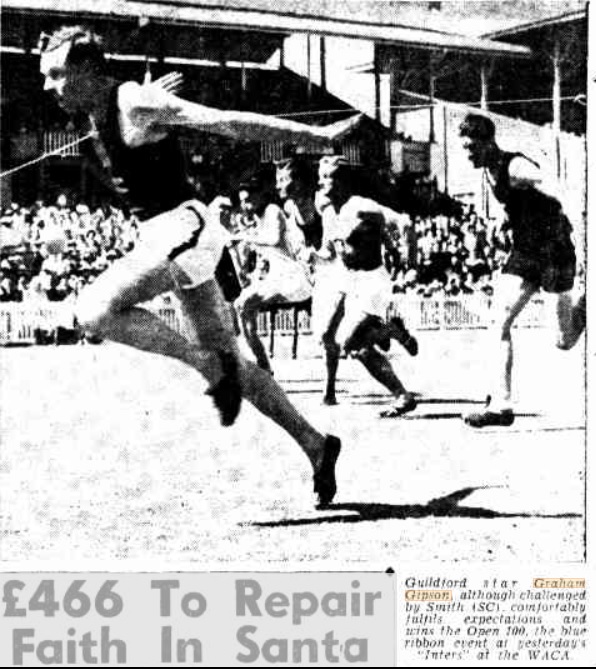Today on Oldest Olympians we wanted to cover three Olympic medal mysteries who were born in 1932. These are individuals who won a medal at the Olympics and who would now be over 90, but for whom we have no recent evidence of their being alive or any proof that they are deceased.
Wilfried Lorenz – Silver medalist for Germany in Dragon class sailing at the 1964 Tokyo Olympics
Wilfried Lorenz, born January 18, 1932, represented Germany in the Dragon class sailing event at the 1964 Tokyo Games and won a silver medal. Domestically, he was an East German national champion from 1960 through 1963 and in 1965, and was runner-up in 1966 and 1967. Beyond that, however, we have no further details of his life.

(Vladimir Kryukov)
Vladimir Petrov – Bronze medalist for the Soviet Union in coxed pairs rowing at the 1956 Melbourne Olympics
Vladimir Petrov, born April 27, 1932, represented the Soviet Union in the coxed pairs rowing event at the 1956 Melbourne Games, where he won a bronze medal. He was also a member of the eights crew that was eliminated in the semi-finals. In the latter case, this makes him a teammate of a still-unresolved Olympic medal mystery that we covered earlier: Vladimir Kryukov, born October 2, 1925, who took silver in the coxed eights at the 1952 Helsinki Olympics. Both Petrov and Kryukov were European Champions in the eights in 1955, while Petrov was European runner-up in the coxed pairs in 1957.

(Graham Gipson, pictured in the Sunday Times)
Graham Gipson – Silver medalist for Australia in the 4×400 metres relay at the 1956 Melbourne Olympics
Graham Gipson, born May 21, 1932, represented Australia in three track events at the 1956 Melbourne Games, having the most success in the 4×400 metres relay, where his country won the silver medal. Gipson was the Australian champion in the 440 yards in 1953 and achieved several other podium finishes between then and 1958. Research by Connor Mah indicates that his wife died in 2012 and was buried in a family plot, and since Graham is not there, we suspect that he is still alive, although we have been unable to locate any proof.

(Mihhail Kaaleste)
Finally, on the subject of medalists, we wanted to address a recent removal: we had previously listed Mihhail Kaaleste, born August 20, 1931, who won a silver medal in K2 1000 canoeing at the 1956 Melbourne Olympics, on our charts as living, but we discovered recently that he died May 5, 2018 in St. Petersburg.















